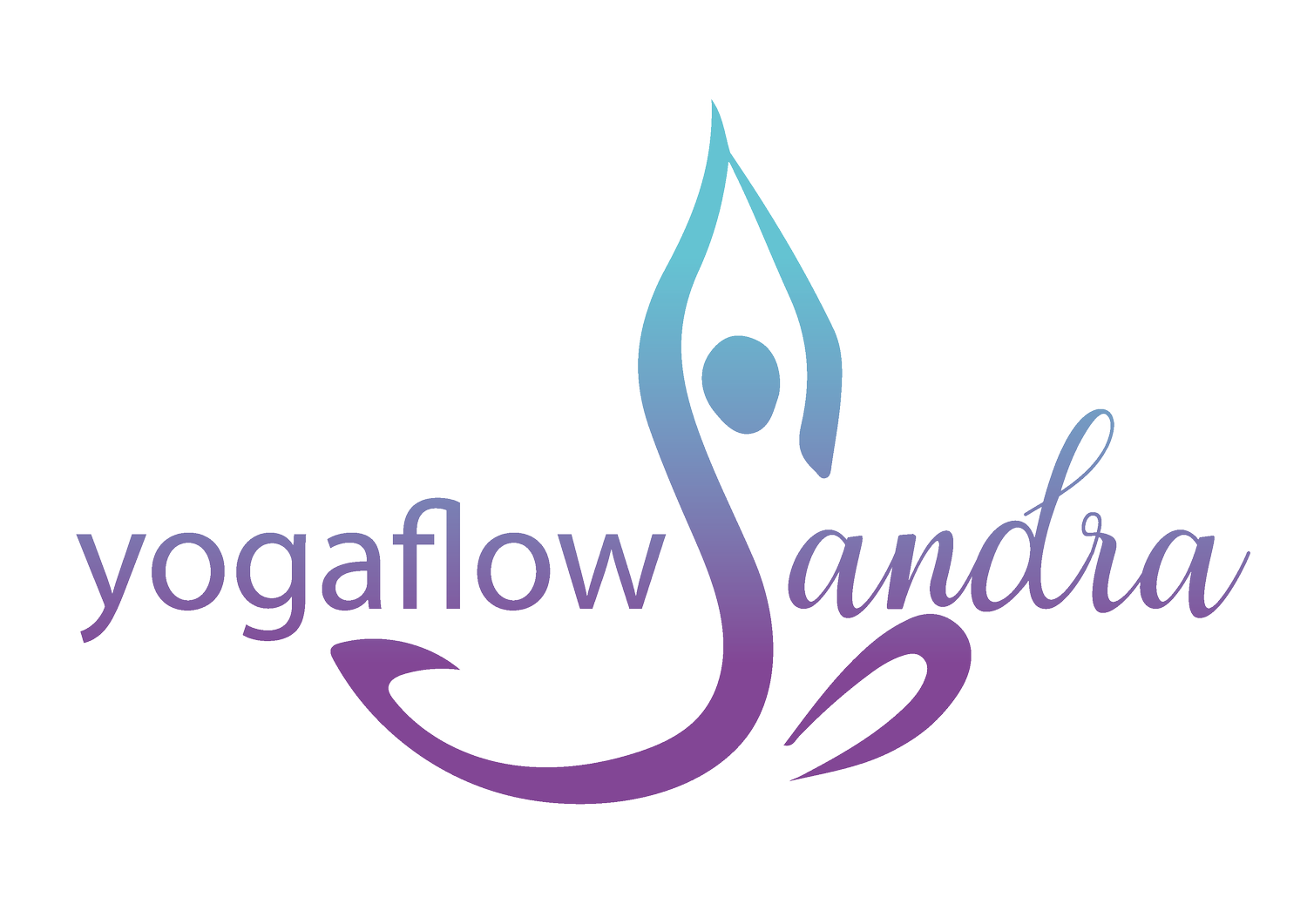What's in a name?
'I am off to my yoga class' = I am going to a place where I will roll out a mat and do some weird shapes.
But technically speaking if we are talking about the postures we perform in a yoga class, we should be calling it Asana class rather than Yoga class. But that's like pointing out that a hoover should be called a vacuum cleaner and Ping Pong is the name of the brand of a table for table tennis... pointing that out would be pedantic, wouldn't it?
There are lots of styles of 'yoga': Vinyasa flow, Ashtanga, Bikram, Hot, Yin, Power Yoga to name but a few. Thank goodness within these styles, you have class titles which help you break it down further: Gentle Flow, Slow Flow, Power Flow. Then the description of the class itself will further elucidate it all for you... 'This Ashtanga Vinyasa Slow Flow class is a flowy flow with power flow added for extra heat'.
I'm glad we clarified that.
Different Styles of Yoga
Here is a snapshot of the most popular styles:
Vinyasa Flow
Vinyasa Flow, also known as "flow yoga," is characterized by fluid transitions from one pose to the next, synchronized with breath. This dynamic practice can vary greatly in pace and intensity, which is why you might get variations such as a ‘slow flow’ ‘dynamic flow’ etc. It was popularized in the 1980s by teachers like Shiva Rea and Seane Corn, who emphasized the creative and flowing nature of the practice.
Ashtanga
Ashtanga yoga is a rigorous style that follows a specific sequence of postures, known as the Primary Series. It was developed by K. Pattabhi Jois in the early 20th century and emphasizes building strength, flexibility, and stamina. Each movement is linked to breath in a method called "vinyasa," but unlike Vinyasa Flow, the sequence remains the same each time.
Bikram
Bikram yoga was founded by Bikram Choudhury in the 1970s. It consists of 26 postures practiced in a room heated to around 105°F (40°C) with 40% humidity. The intense heat aims to increase flexibility and promote detoxification through sweating. Bikram classes are known for their strict and consistent format.
Hot Yoga
Similar to Bikram, Hot Yoga is practiced in a heated room but offers more variety in poses and sequences compared to the strict Bikram format. This style can include elements from various yoga practices, making it more flexible and adaptable. Popularized in the late 20th century, it continues to grow in popularity for its vigorous and sweat-inducing practice. I teach (and practice) at a Hot Yoga studio in Staines (UK).
Yin Yoga
Yin Yoga involves holding poses for longer periods, typically 3-5 minutes, to stretch the connective tissue and improve joint mobility. It’s a slow, meditative practice that aims to enhance flexibility and promote a sense of inner calm. Paul Grilley and Sarah Powers were instrumental in bringing Yin Yoga to the West in the 1990s, blending principles of traditional Chinese medicine with yoga.
Power Yoga
Power Yoga is a vigorous, fitness-based approach to vinyasa-style yoga. It emphasizes strength and flexibility and often incorporates elements of Ashtanga. This style was popularized in the 1990s by teachers like Bryan Kest and Baron Baptiste, who sought to make yoga more accessible to Western practitioners.
What does it all mean?
I see the word 'yoga' as similar to a word like 'dance'. It can be classical ballet, an African tribal dance, or even the grandad dance at wedding. There is a fluidity to the word 'dance', and so long as we understand the intention, many different forms can fall under that umbrella.
When it comes to yoga, it really depends on who you read regarding the intention of yoga. One sage describes yoga as 'a way to stop the incessant mind chatter'. The idea being, if you stop that jibber-jabber in your head, you might discover your true nature. Another says 'Yoga is the means of perceiving reality'. Another suggests, 'Be equal-minded in both success and failure. Such equanimity is called yoga' and it goes on.
How do we get from 'Flowy flows' to enlightenment?
The marketer in me wants to answer this question with a ‘join my class and I’ll show you' ;)
The truth is I don't know, I’ve not reached enlightenment…yet. However, what I do know is that connecting movement with breath helps me to come into the present moment. Into a stillness and silence, that feels like the calm when holding your breath, diving underwater. A freedom from all the noise and distractions, a potential place from which to see things as they really are.
If I can do that for a split second in a movement class, or a meditation then perhaps I can extend that to life... and then who knows what I will discover? But discover I shall.
A version of this was sent in my newsletter- subscribe here to stay updated on my latest workshops, retreats, exclusive content, and special offers straight to your inbox.

